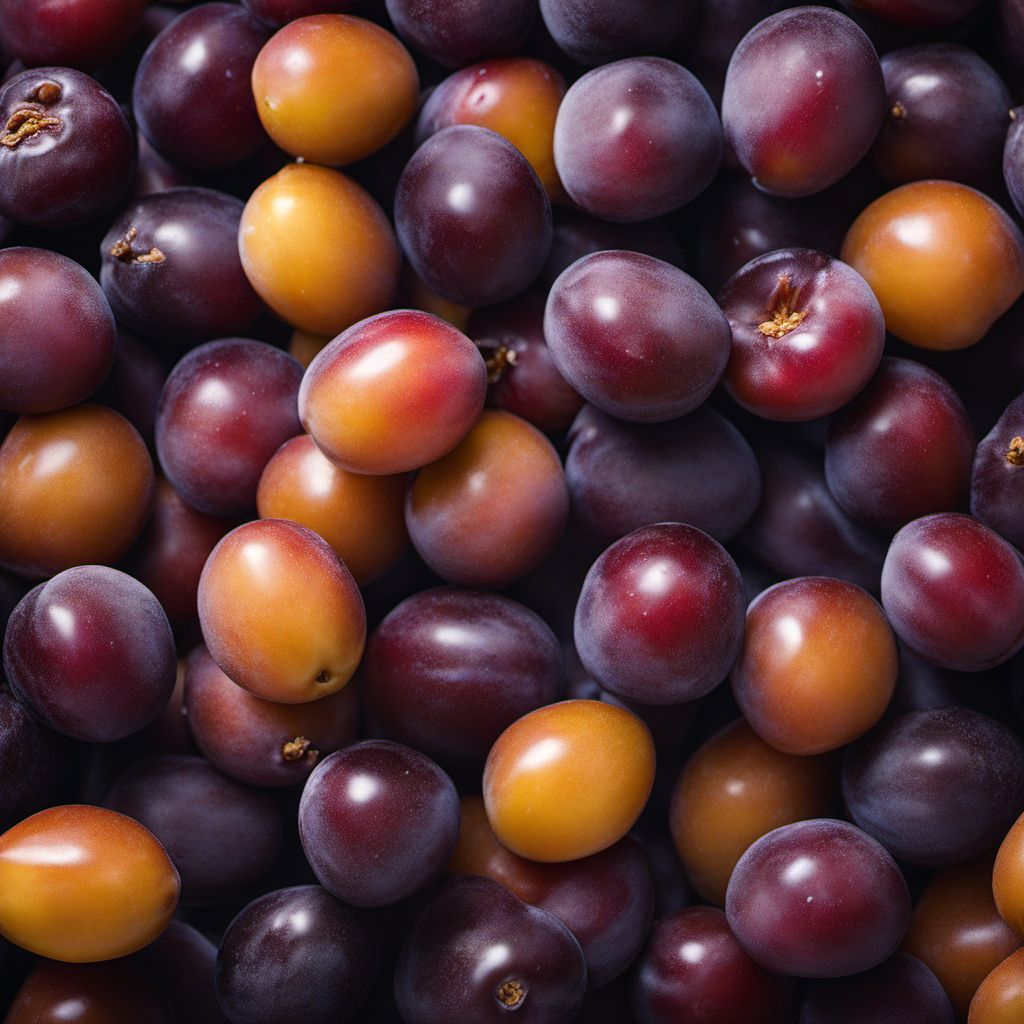
Ingredient
Plums
The Juicy Gems
Plums come in a range of colors, including red, purple, yellow, and green, with each variety offering its own unique flavor profile. They have a smooth skin that is often slightly tart, while the flesh is juicy and sweet. Plums can vary in size and shape, but they generally have a round or oval shape with a small pit in the center.
Origins and history
Plums have a rich history that dates back thousands of years. They are believed to have originated in China and were later introduced to other parts of the world through trade routes. Plums have been cultivated and enjoyed by various civilizations, including the ancient Greeks, Romans, and Egyptians. Today, plums are grown in many countries around the world, with different regions producing their own distinct varieties.
Nutritional information
Plums are low in calories and a good source of vitamins, minerals, and dietary fiber. They are particularly rich in vitamin C, vitamin K, and potassium. Additionally, plums contain antioxidants that help protect the body against oxidative stress and inflammation.
Allergens
May cause allergic reactions in individuals who are sensitive to stone fruits. Some people may experience symptoms such as itching, swelling, or difficulty breathing after consuming plums. It's important to be aware of any potential allergies and seek medical advice if necessary.
How to select
When selecting plums, look for fruits that are firm yet slightly yielding to gentle pressure. Avoid plums that are overly soft or have blemishes or bruises. The skin should be smooth and free from wrinkles or shriveling. The color of the plum will vary depending on the variety, so choose based on personal preference.
Storage recommendations
To maintain the freshness and flavor of plums, store them at room temperature until they are ripe. Once ripe, plums can be stored in the refrigerator to prolong their shelf life. However, it's best to consume them within a few days to enjoy them at their peak flavor and texture.
How to produce
Plums can be grown in home gardens or orchards, provided the appropriate climate and growing conditions are met. They require full sun exposure and well-drained soil. Plum trees can be purchased from nurseries or online suppliers, and with proper care and maintenance, they can yield a bountiful harvest of fresh plums.
Preparation tips
Plums can be enjoyed fresh as a healthy snack, added to salads for a burst of sweetness, or used in both sweet and savory recipes. They can be baked into pies, tarts, and crumbles, or cooked down into jams and preserves. Plums also pair well with cheeses, nuts, and spices, making them a versatile ingredient in both sweet and savory dishes.
Culinary uses
Plums are widely used in various cuisines around the world. They are commonly incorporated into desserts such as plum cakes, cobblers, and clafoutis. In savory dishes, plums can be used to make sauces or glazes for meats, or added to salads and grain bowls for a touch of sweetness. In some cultures, plums are dried to make prunes, which are used in both sweet and savory preparations.
Availability
Plums are cultivated in many countries, including China, the United States, Spain, Italy, and Turkey. They thrive in temperate climates and are often associated with regions that have distinct plum varieties. For example, Japan is known for its juicy and flavorful Japanese plums, while California is famous for its plump and sweet Santa Rosa plums.
More ingredients from this category » Browse all

Damsons
The Prized Gems of the Plum Family

Japanese plums
The Delicate Delights of Ume: Unveiling the World of Japanese Plums

American plums
The Sweet and Tart Delight: Exploring the World of American Plums
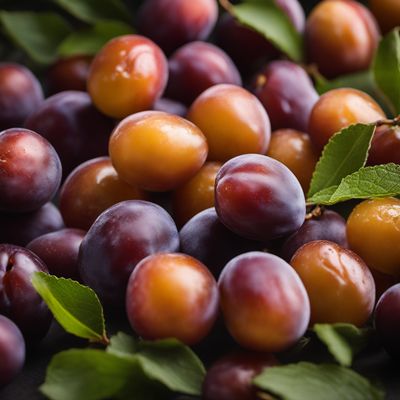
Mirabelles
The Golden Gems of Summer

Cherry plums
The Sweet and Tangy Delight: Exploring the World of Cherry Plums

Klamath plums
The Jewel of Klamath
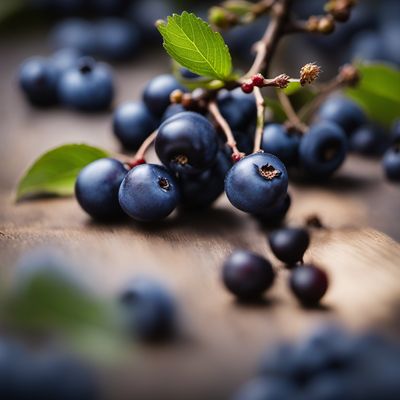
Sloes
The Bitter-Sweet Berry

Gages
The Sweet and Succulent Delight: Exploring the World of Gages

Beach plums
The Hidden Gems of the Shoreline: Exploring the Delights of Beach Plums

Prunus Nadia®
The Exquisite Fusion of Sweetness and Tartness: Prunus Nadia®

Chinese jujubes
The Ancient Fruit: Chinese Jujubes

Plumcots
The Perfect Blend: Exploring the Unique Delights of Plumcots
Recipes using Plums » Browse all

Lički Nabod with Creamy Mushroom Sauce
Savory Skewers of Lički Nabod with Creamy Mushroom Sauce
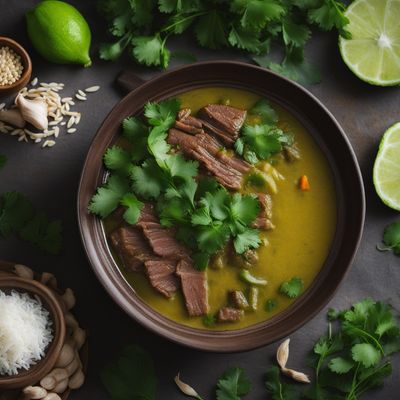
Ramanonaka with Coconut Milk and Lemongrass
Malagasy Delight: Creamy Ramanonaka Infused with Lemongrass
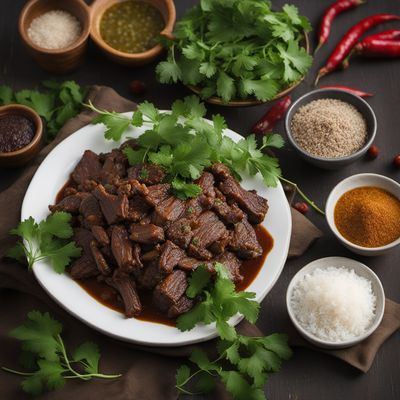
West Indian Spiced Beef Lung
Caribbean Delight: Spiced Beef Lung with Island Flavors
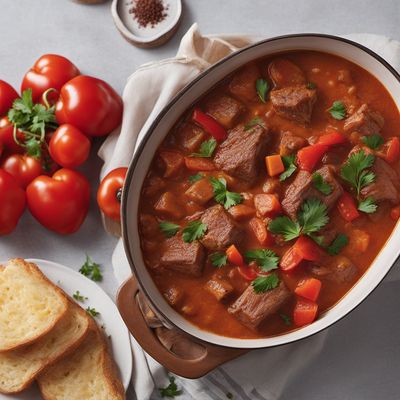
Hungarian-style Azelila Stew
Hearty Hungarian Azelila Stew: A Fusion of Flavors

Slow-cooked Wild Boar Stew
Tuscan Delight: Tender Slow-cooked Wild Boar Stew

Trippa alla Cagliaritana
Sardinian Delight: Savory Tripe Stew
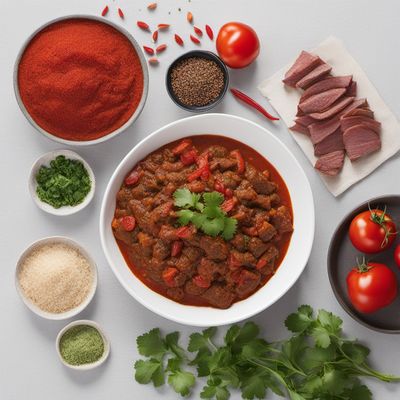
Tex-Mex Spiced Beef Kulwa
Sizzling Tex-Mex Beef Kulwa: A Fusion of Flavors
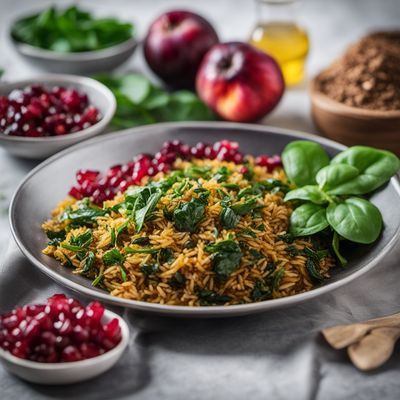
Khoresh alou esfenaj with Persian Rice
Savory Spinach and Plum Stew with Fragrant Persian Rice
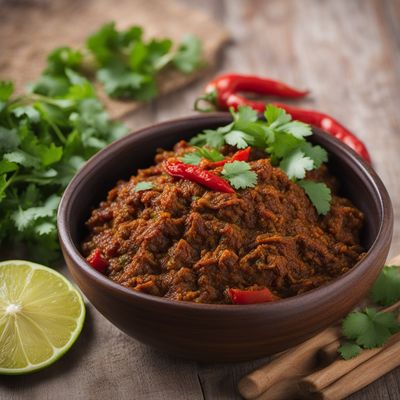
Rajasthani-style Estofado de Carne de Lidia
Spiced Rajasthani Beef Stew with a Latin Twist
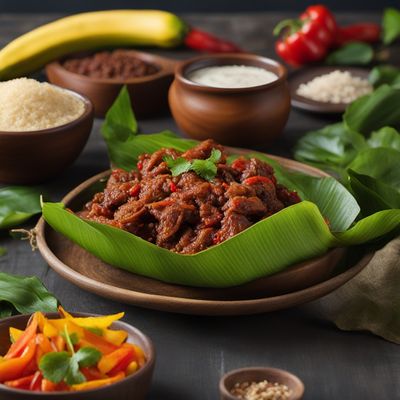
Venezuelan Hallacas: A Traditional Delight Wrapped in Banana Leaves
Savory Delights: Unveiling the Flavors of Venezuelan Hallacas

Armenian Lamb Stew with Apricots and Spices
Savory Delight: Armenian Apricot Lamb Stew

Siegerländer Krüstche
Golden Crusted German Delight